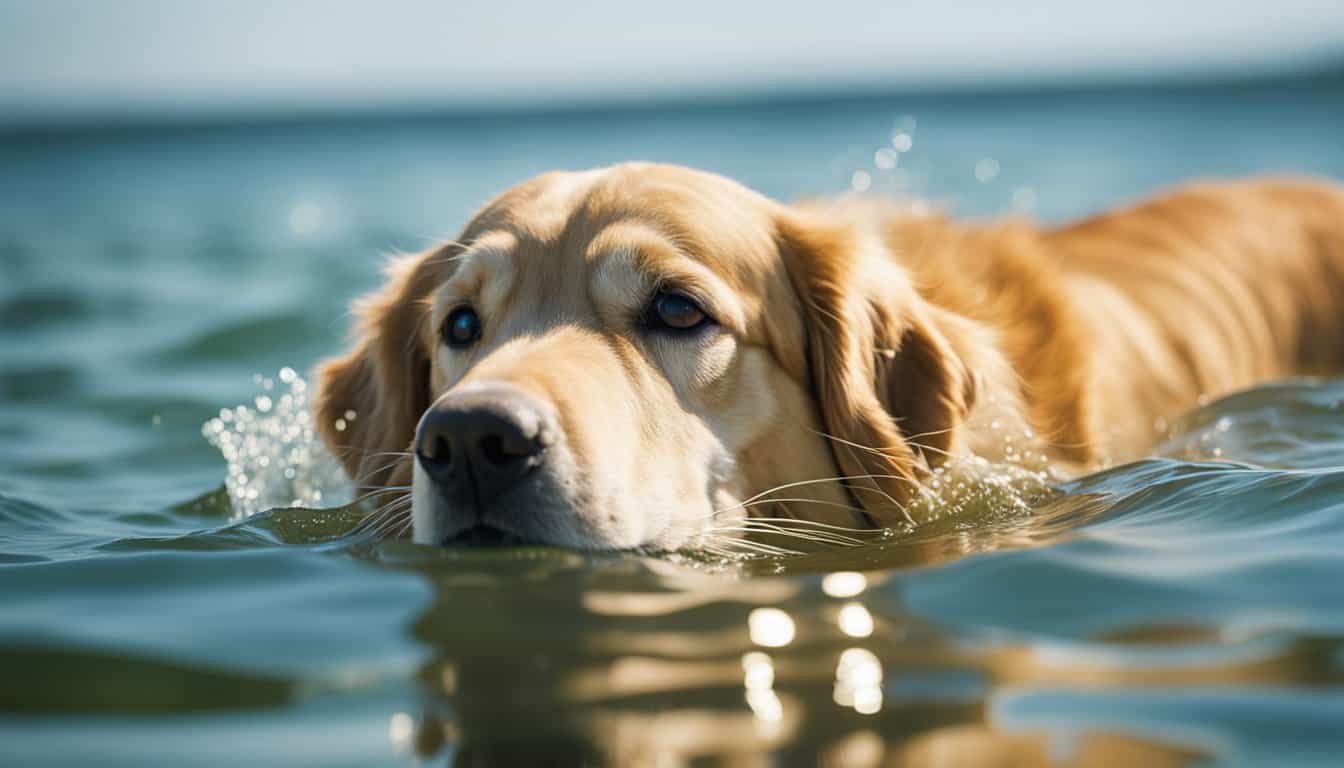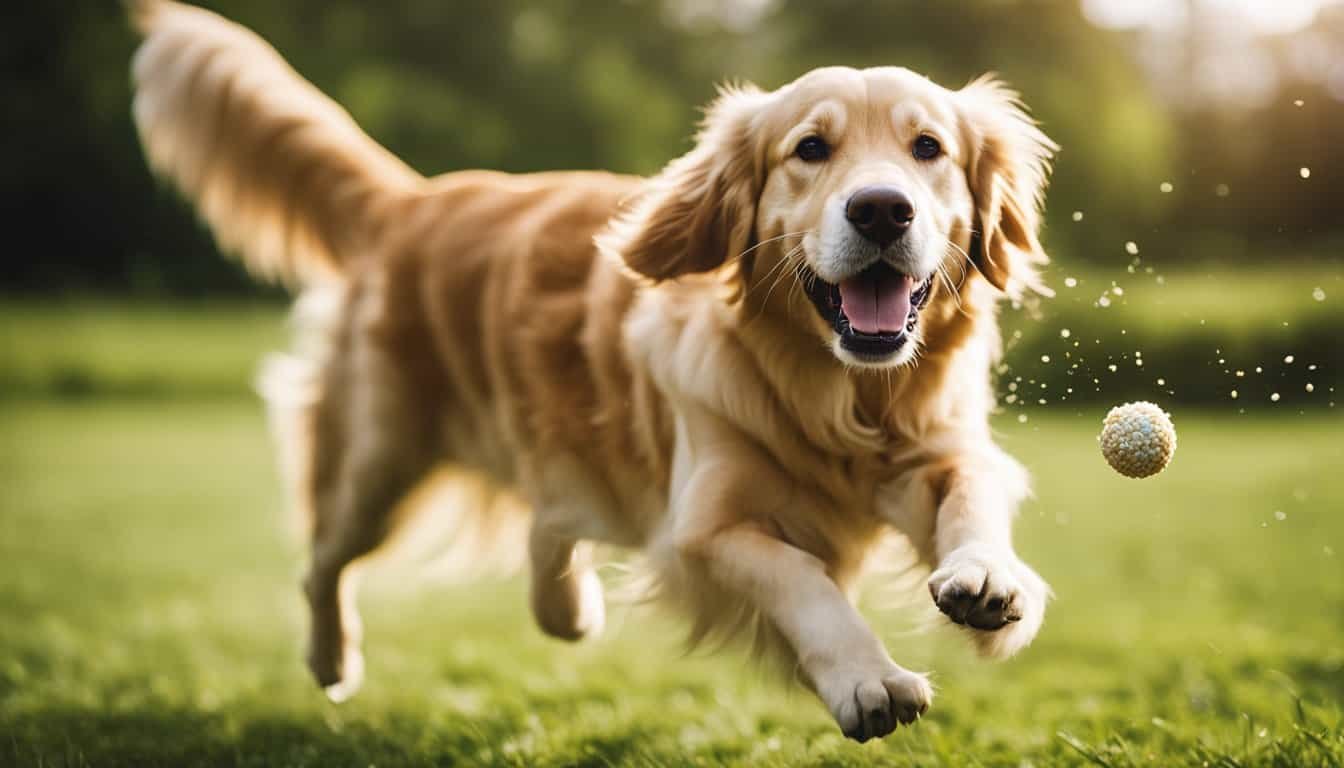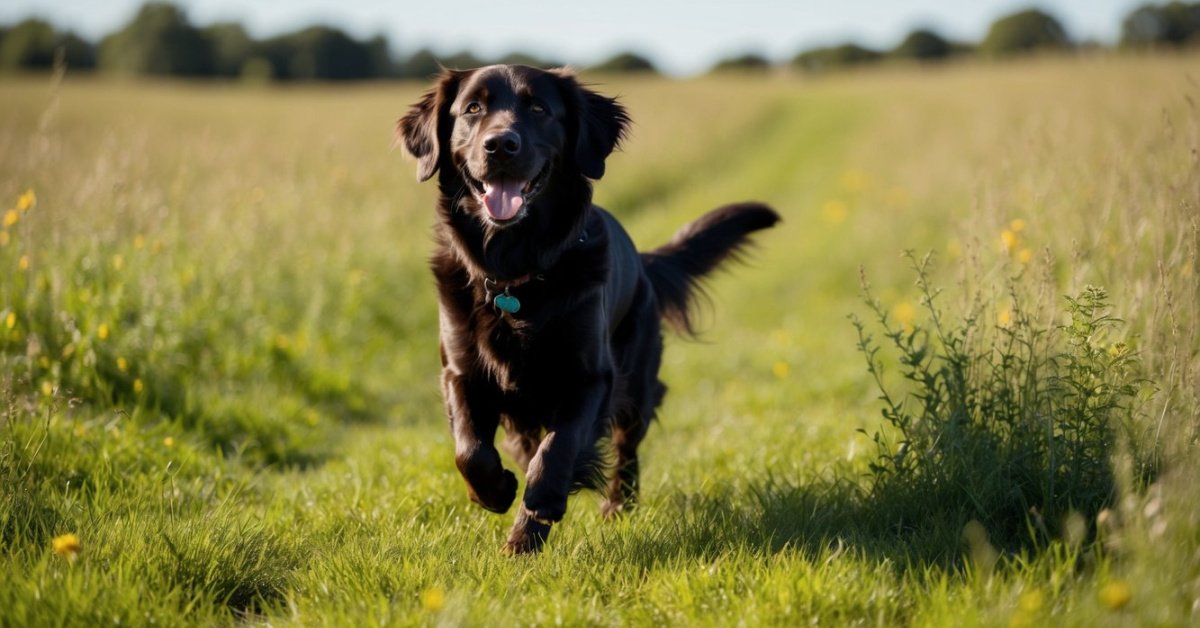Golden Retrievers are known for their friendly nature and boundless energy. As a proud owner of one, I’ve learned that understanding their exercise needs is crucial for keeping them happy and healthy. Just like us, their activity levels change as they age, and tailoring their exercise routine can make all the difference.
Golden Retriever Exercise Needs by Age
Golden Retrievers experience varying exercise needs at different life stages. Understanding these needs helps ensure my dog remains healthy and happy as they grow.
Puppies (8 Weeks to 6 Months)
Puppies require short bursts of activity to support their developing bodies. Aim for about 5 minutes of exercise per month of age, up to twice a day. Activities might include:
- Playtime: Engaging in gentle fetch or tug-of-war games.
- Socialization: Introducing them to different people, pets, and environments.
- Basic Training: Incorporating short training sessions keeps their minds stimulated.
Adolescents (6 Months to 2 Years)
Adolescent Golden Retrievers exhibit higher energy levels and curiosity. They benefit from 1 to 2 hours of exercise each day. Key activities include:
- Daily Walks: Two to three walks, each lasting 30 to 60 minutes.
- Running: Off-leash time in a secure area allows for burning off excess energy.
- Interactive Play: Engaging in agility courses or fetch with other dogs.
Adults (2 to 7 Years)
Adult Golden Retrievers need regular, rigorous exercise to maintain physical condition. Aim for 1 to 2 hours of diverse activities daily, such as:
- Long Hikes: Exploring new trails provides exercise and mental stimulation.
- Swimming: Retrievers love water, making swimming a great exercise option.
- Structured Activities: Joining obedience classes or dog sports can enhance their physical and mental skills.
Senior Dogs (7 Years and Older)
As Golden Retrievers enter their senior years, exercise needs may decrease, but staying active remains crucial. Engage them in 30 to 60 minutes of light to moderate activities daily. My options include:
- Leisurely Walks: Shorter, more frequent walks to maintain mobility without straining them.
- Gentle Play: Indoor activities, like rolling a ball or gentle tugging.
- Mental Exercises: Puzzle toys and training sessions can keep their minds sharp.
Adjusting exercise routines according to these stages promotes longevity and contributes to a fulfilling life for my Golden Retriever.
Puppies
Golden Retriever puppies, typically aged 8 weeks to 6 months, require specific exercise to support their growth and development. Their exercise should be gentle and short, allowing plenty of time for rest and recovery.
Recommended Exercise Duration
For Golden Retriever puppies, aim for about 5 minutes of exercise per month of age, up to twice a day. For instance, a 4-month-old puppy benefits from around 20 minutes of activity, split into two sessions. Always pay attention to their energy levels and body language, as they may tire easily.
Types of Exercises Suitable for Puppies
Engage your puppy in various activities to make exercise fun:
- Gentle Play: Use soft toys for light fetch games, promoting instinctive retrieval skills.
- Socialization: Introduce your puppy to other dogs and people in safe environments to build sociability.
- Short Walks: Take them on brief walks to acclimate them to leash training and the outdoors.
- Basic Training: Incorporate basic commands like sit and stay into playtime, which aids both mental and physical stimulation.
- Interactive Toys: Use puzzle toys to keep their minds active while providing light exercise.
These activities foster healthy growth and a strong bond with your puppy while laying the groundwork for their future exercise routines.
Adolescents
During the adolescent stage, Golden Retrievers experience a surge in energy and playfulness. This phase lasts from 6 months to 2 years and demands a structured exercise routine for proper development.
Increased Exercise Requirements
Adolescents need 1 to 2 hours of exercise daily. Daily walks, running, and interactive play sessions promote physical health and mental stimulation. Activities can include:
- Long walks: Aim for at least 30 minutes per outing.
- Running: Let them run in a secure area or participate in games like fetch.
- Agility training: Set up obstacles to challenge their coordination and focus.
- Swimming: Golden Retrievers often enjoy water, making swimming a great choice for exercise.
Adjusting the intensity of activities can match their growing strength and endurance. Regular, varied exercises prevent boredom and ensure a well-rounded routine.

Socialization Through Exercise
« How Golden Retrievers Handle Hot Weather: Essential Tips for Keeping Them Cool
Essential Guide to Feeding Golden Retrievers for Shiny Coats: Tips for a Healthy Glow »
Exercise serves as a crucial avenue for socialization. Regular interactions with other dogs and people enhance their social skills and reduce anxiety. Engage in activities such as:
- Dog parks: Allow adolescents to interact freely with peers.
- Group training classes: Facilitate obedience training while promoting socialization.
- Playdates: Schedule sessions with friendly dogs to encourage healthy play.
Each experience builds confidence and reinforces positive behaviors, ensuring your Golden Retriever matures into a well-adjusted adult.
Adults
Golden Retrievers in the adult stage, aged 2 to 7 years, thrive on 1 to 2 hours of exercise daily. This amount of activity helps maintain their physical health, energy levels, and happiness.
Daily Exercise Routines
I mix up daily routines with various activities to keep my Golden Retriever engaged and fit. Activities include:
- Long hikes: I explore different trails, combining distance and terrain for variety.
- Swimming: My pup loves swimming sessions, which offer great low-impact exercise.
- Structured sports: Participating in agility training or flyball challenges ensures mental and physical workouts.
- Fetch games: Playing fetch in an open area lets my dog stretch their legs and use their natural retrieving instincts.
Staying consistent with these routines keeps my dog healthy and happy while also strengthening our bond through shared experiences.
Activities for Mental Stimulation
Mental stimulation is crucial for my Golden Retriever’s overall well-being. I include the following activities to challenge their mind:
- Puzzle toys: Using interactive toys keeps my dog mentally engaged, requiring them to solve problems to access treats.
- Obedience training: Practicing commands and tricks not only reinforces training but also stimulates their intelligence.
- Scent work: Hiding treats around the house encourages my dog to use their nose and enhances natural instincts.
- Socialization: Regular playdates with other dogs or trips to the dog park help develop social skills and reduce anxiety.
Incorporating these activities helps prevent boredom and promotes a well-rounded, happy adult dog.
Seniors
Golden Retrievers enter their senior years around 7 years old, which brings changes to their exercise needs. It’s important to adapt their routines to keep them healthy and happy.
Adjusting Exercise for Older Dogs
Adjusting exercise for older dogs involves considering their decreased energy levels and potential joint issues. I focus on shorter, more frequent walks rather than long sessions, aiming for 30 to 60 minutes of exercise spread throughout the day. Monitoring my dog’s reactions during activities helps me determine if they’re comfortable and enjoying the routine. If my Golden shows signs of fatigue or discomfort, I modify the intensity or duration accordingly. Incorporating regular vet check-ups ensures their exercise plan aligns with their health status.
Gentle Activities for Senior Golden Retrievers
Gentle activities for senior Golden Retrievers help maintain their physical and mental well-being. I prioritize leisurely walks in familiar areas to reduce stress and provide mental stimulation. Activities like swimming are excellent low-impact options that help keep their joints healthy. Additionally, engaging in puzzle games or scent work can stimulate their minds without requiring high activity levels. Regular socialization, through visits to dog-friendly locations, provides not only mental engagement but also emotional support, ensuring a happy and well-balanced senior dog.

Conclusion
Understanding my Golden Retriever’s exercise needs at each stage of life has been a game changer. It’s not just about keeping them active; it’s about ensuring they’re happy and healthy as they grow. From those playful puppy days to the gentle pace of their senior years, adapting their routine makes all the difference.
I’ve seen firsthand how a well-structured exercise plan fosters a stronger bond and keeps my furry friend engaged and content. So whether it’s a quick play session or a leisurely stroll, I’m committed to meeting their needs and making every moment count. Here’s to many more adventures together!

















